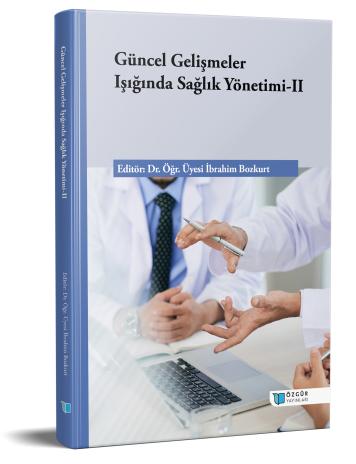
Doğal Afetlerde Bulaşıcı Hastalıklar ve Yönetimi
Şu kitabın bölümü:
Bozkurt,
İ.
(ed.)
2024.
Güncel Gelişmeler Işığında Sağlık Yönetimi-II.
Özet
Doğal afet, yaşandığı bölgede büyük zararlara can ve mal kaybına neden olabilecek bir olaydır. Yaşanan afetlerden sonra insanlarda bulaşıcı hastalıkların görülmesi ve enfeksiyon oluşma oranı yükselmektedir. Enfeksiyon oluşumu genellikle afet sonrası toplu yaşam alanlarından etkilenerek sosyal mesafenin korunamaması, temiz su ve gıdaya erişimde zorluklar, altyapı sorunları, temel sağlık hizmetlerinde kesintiler gibi durumlara yol açmaktadır. Salgınların nedenleri yaşanan afetin türüne göre değişebilmektedir.
Salgın hastalıklar kontamine su ve yiyeceklerden kaynaklanan fekal-oral hastalıkların yanı sıra sosyal konutlardan ve kalabalık ortamlardan kaynaklanan damlacık, solunum ve temas enfeksiyonları nedeniyle artabilir. Tüm bu hastalıkların salgın halinde kontrol edilmesi zor olabileceğinden, etkili bir sürveyans sisteminin olması salgının kontrol altına alınabilmesinde ve yönetiminde önemli olacaktır. Bir afet sonrasında hızlı bir risk değerlendirmesi yapılmalı, birincil önleme tedbirlerinin yeniden tesis edilerek kontrol tedbirlerinin hızlı bir şekilde uygulanmasına öncelik verilmelidir. Bu bölümde afetler, afetlerden sonra görülen bulaşıcı hastalıklar ve bulaşıcı hastalıkların yönetimi, ihbarı ve bildirimi, doğal afetlerden sonra oluşabilecek bulaşıcı hastalıklardan korunma önlemlerinden bahsedilecektir.

